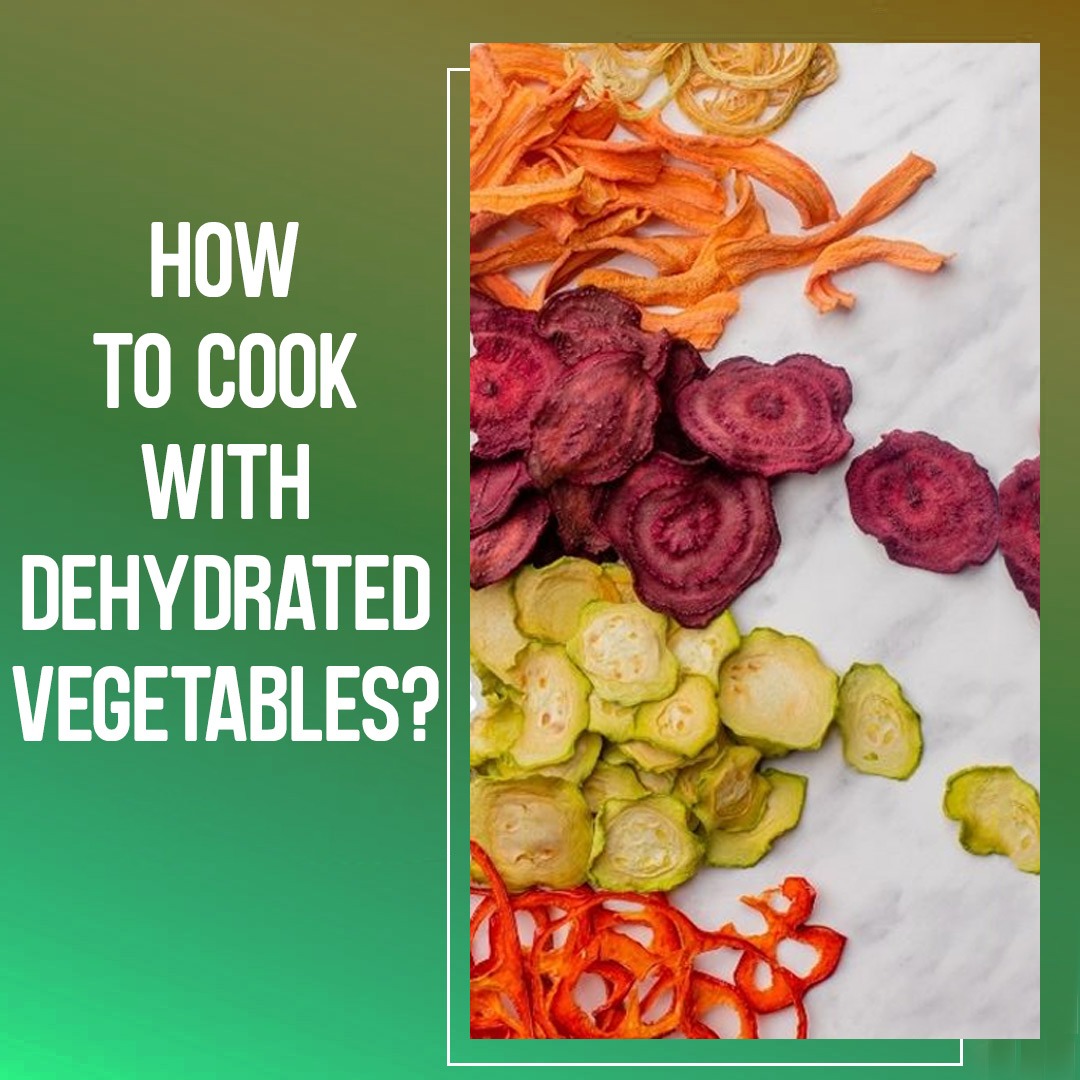Dehydrated fruits are soaked in hot water and then, if
necessary, cooked in the soaking water. If more water is required for
preparation, add it after that.
Soups, casseroles, sauces, and stews benefit the most from
dehydrated veggies. They can, however, be served on their own with the addition
of butter, cheese sauce, or herbs to enhance the flavor.
Fresh vegetables require less time to cook than dehydrated vegetables that have
been refreshed. Vegetables should be cooked until they reach the appropriate
firmness.
Benefits of using
dehydrated vegetables
Dehydrated fruits can be consumed raw or rehydrated and cooked till
soft. Spices or flavourings such as cinnamon, ginger, and nutmeg can be
employed to increase flavour. Dried fruits can be included in cobblers, bread,
pies, and puddings.
Only when dehydrated goods are ready for use should they be
refreshed. Rehydrated foods should not be stored. Drying temperatures are
insufficient to kill all bacteria, and spoiling can occur through quick
rehydration.
Hacks to use
dehydrated vegetables
●
Rehydrate before using in salads and side
dishes.
●
Make a marinade out of vegetables.
●
Make vegetable flour out of it.
●
Make your crispy vegetable chips.
●
You Can Make Your Vegetable Powders
●
Toss into soups and stews
●
Enhance the Flavor
of Home-Baked Bread
●
Add water to make a fast sauce.
●
Make an eggplant recipe as an alternative
bacon recipe.
Conclusion
Dehydration slowly drains water from food, preventing bacteria
from forming on the vegetables. It extends the shelf life of the vegetables
without the use of harmful chemicals or preservatives. Dehydrating vegetable
locks in the richness and sweetness of the vegetables while keeping their
nutritional worth. Dehydrate your vegetables by drying them in the sun for
three days in an electric dehydrator or a low-temperature oven. It is simple to
dehydrate your vegetables. Dehydrated vegetables shrink to about a third of
their original size, so you won't have to worry about storage space. Once
you've dehydrated your vegetables, you can use them in various ways.
















